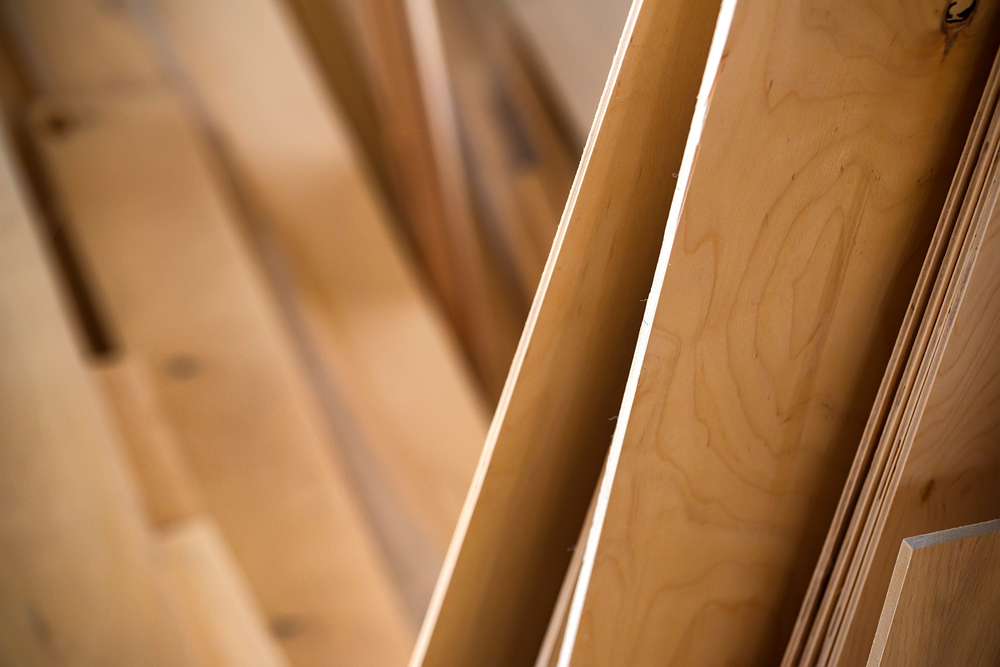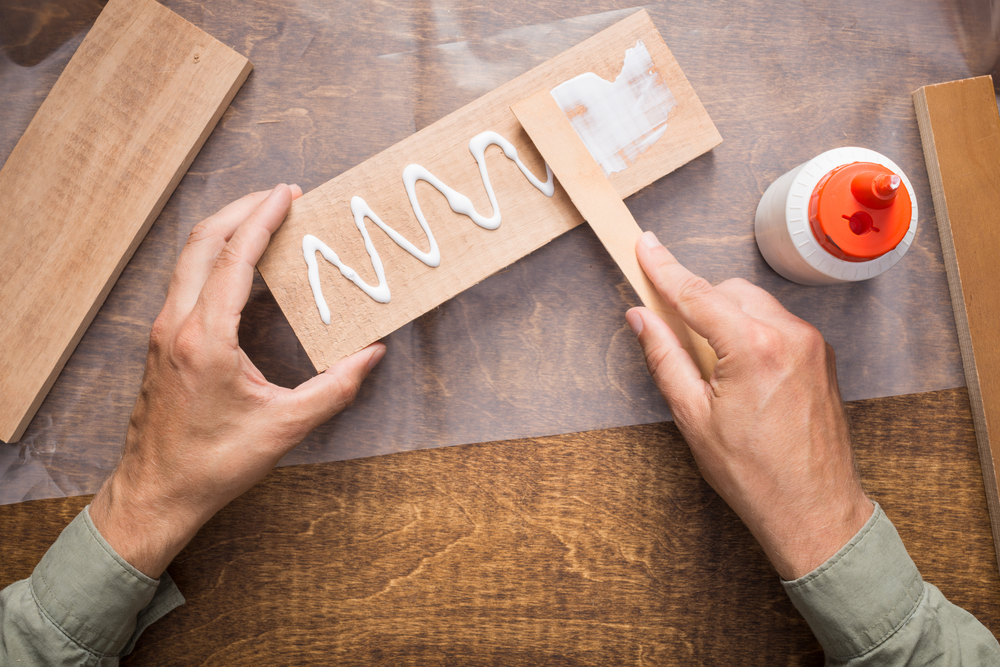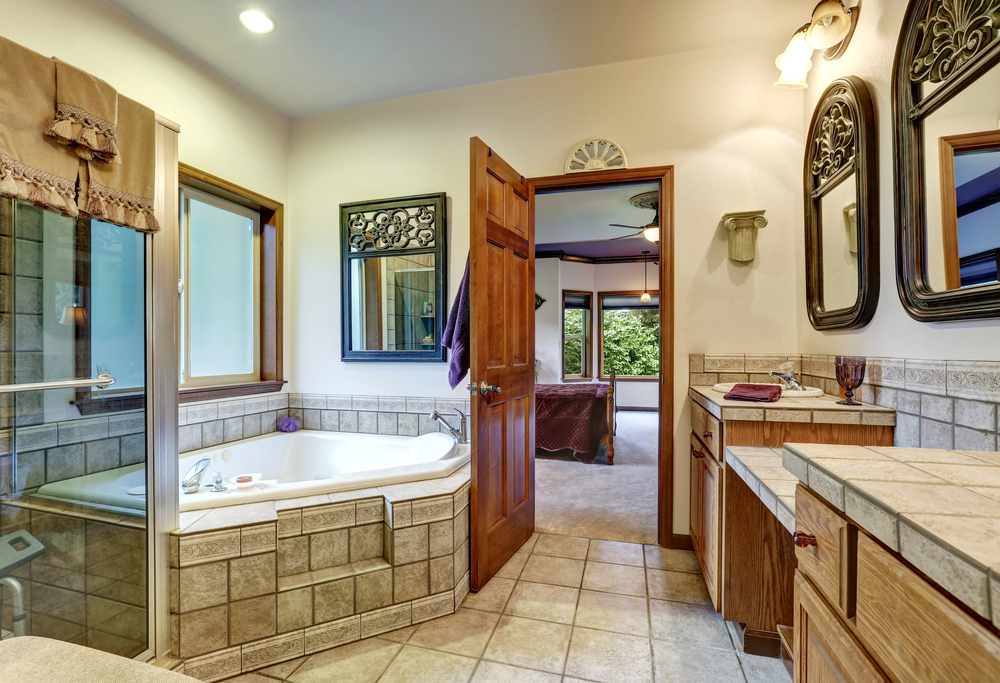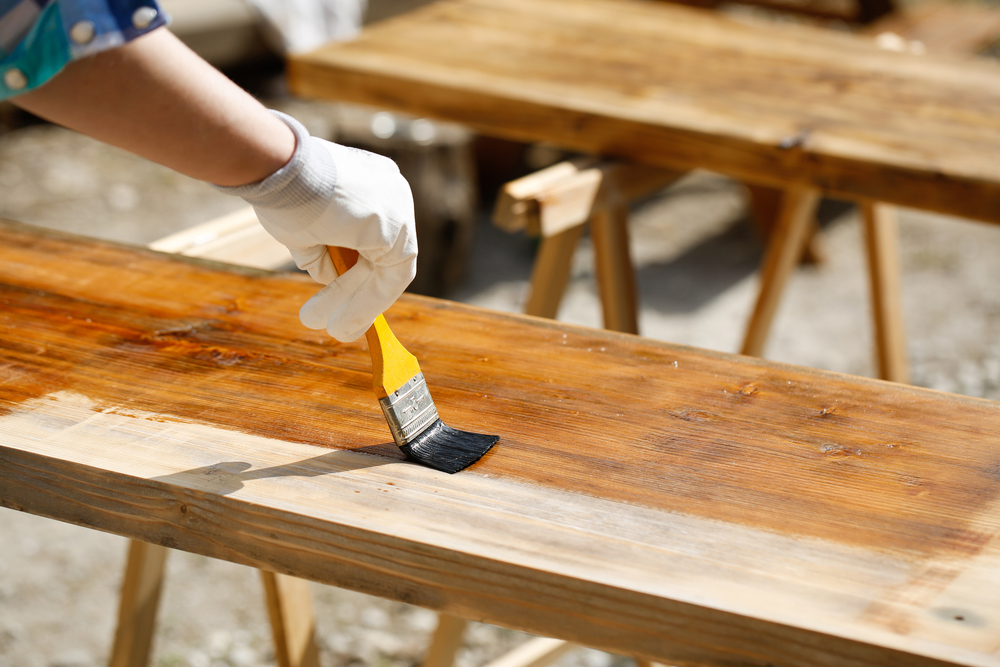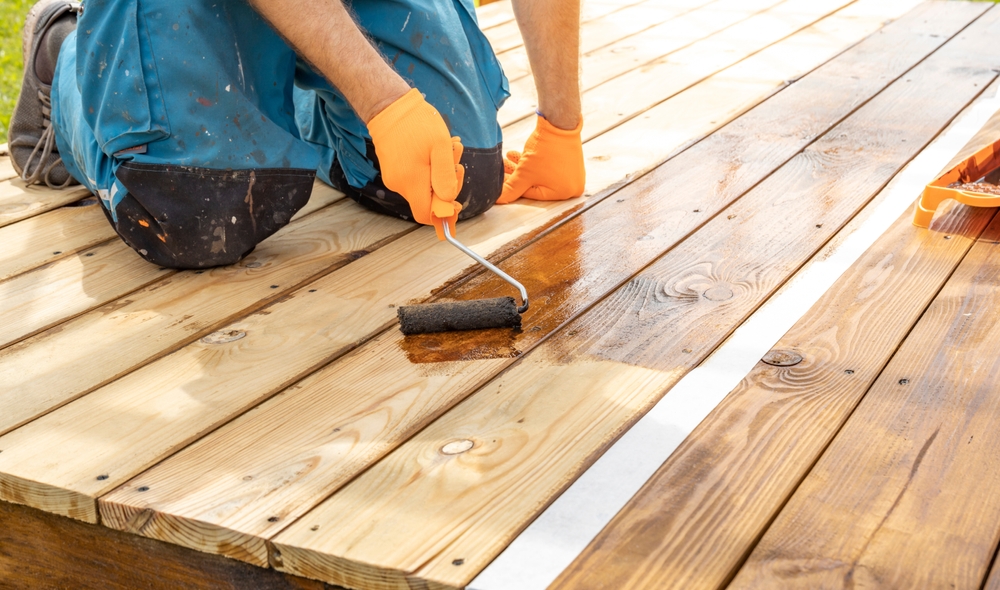Understanding Picture Rail Molding: A Functional Design Element
Picture rail molding is a versatile architectural feature. It’s a horizontal strip of molding typically mounted high on walls. Originating in the 19th century, this molding served to hang pictures without damaging plaster walls. Today, its utility still remains, though its purpose often leans towards aesthetic enhancement.
The Historical Context of Picture Rail Molding
The use of picture rail molding dates back to the late Victorian era. At that time, homes with plaster walls faced the issue of picture hanging. Hammering nails or tacks into plaster could cause cracks. Picture rail molding provided a perfect solution. By using hooks that fit over the molding, homeowners could hang pictures without risk.
Architecturally, it added an elegant detail to walls. It became popular in middle and upper-class homes as a design feature that communicated affluence and taste. Over time, its practical use dwindled with the introduction of drywall. However, it saw a revival as a decorative element as interior design evolved.
Basic Design and Installation
Picture rail moldings are typically simple, linear pieces. They vary in style from intricate designs to minimalistic lines. Installation involves measuring the wall, cutting the molding to fit, and securing it with nails or screws. The height of installation usually falls 1-2 feet below the ceiling. Historically, this height was about 7-9 feet from the floor in rooms with high ceilings.
- Measure your walls accurately before cutting the molding.
- Use a level tool to ensure straight alignment during installation.
- Secure the molding using nails or screws into wall studs for stability.
- Paint or finish the molding to match or complement your wall color.
Functional Benefits in Modern Usage
The practicality of picture rail molding still holds value beyond its historical roots. It allows for easy reconfiguration of wall art. Instead of filling walls with hooks and holes, artwork can be repositioned effortlessly. This feature benefits art enthusiasts and those who frequently update their interiors.
Another modern benefit is the use of molding to define spaces. In open floor plans, where wall demarcation might be limited, picture rail molding acts as a visual divider. It can differentiate one section of a living area from another without the need for additional furnishings.
Implementing Picture Rail Molding in Interior Design
Interior designers often exploit the dual nature of picture rail molding. Functionally, it supports art and photographs. Aesthetically, it introduces a classic architectural element to a space. When paired with crown molding or wainscoting, it creates a layered look. This adds depth and character to plain walls.
Designers also recommend using the molding as a base for accent painting. The area above the molding can feature a different paint color, offering visual intrigue. Alternatively, wallpapers can be applied above or below the rail, expanding the design potential.
Materials and Finish Options
Picture rail moldings come in a variety of materials. Wood remains the traditional material of choice. However, alternative materials like MDF (Medium Density Fibreboard) or polystyrene offer cost-effective options. Metal or plastic can also provide a modern twist, though wood’s warmth and finish versatility remain unmatched.
Finishing options vary widely. Painted moldings blend seamlessly with walls. Stained wood can highlight the grain, adding warmth. Metallic finishes offer contemporary flair. The choice largely depends on the desired aesthetic outcome.
Picture Rail Molding as a DIY Project
Embarking on a DIY picture rail molding project requires some tools and planning. By preparing in advance, the installation can be simple and rewarding. Start with selecting the right molding based on your style preference. Gather tools like a saw, hammer, nails or screws, a level, and measuring tape.
- Select an appropriate molding style and material for your space.
- Gather necessary tools and prepare your workspace.
- Measure and cut the molding precisely, using a miter saw for corners.
- Mark the wall height consistently around the room for even installation.
- Install using a level to ensure straightness.
- Finish with paint or stain to suit your decor.
Picture Hanging Techniques
Once the picture rail is installed, using it to hang art is straightforward. You will need picture hooks designed for rail molding. These hooks hang over the rail and are adjustable. Picture cord or wire then connects the hook to your artwork. This method provides flexibility, allowing for easy height and position adjustments.
This technique avoids multiple nail holes in walls. It’s also an excellent solution for renters who wish to avoid permanent marks on walls. Additionally, it allows for dynamic arrangements. You can swap art pieces quickly to refresh a room’s look.
Design Variations and Trim Styles
Picture rail molding comes in various styles. Traditional designs feature an understated, rounded top edge. More contemporary styles might emphasize straight lines or incorporate geometric patterns. Architectural styles, such as Craftsman or Colonial, often dictate the choice of molding.
Additional trim styles include beaded edges or dentil detailing. Occasionally, picture rails integrate shelf-like features, providing a ledge for small items. The style choice should align with the existing interior architecture to maintain coherence.
Challenges and Solutions
Installing picture rail molding can present challenges, particularly in older homes. Walls might not be perfectly straight, causing alignment issues. Address this by using a flexible adhesive along with nails to ensure a secure fit.
When dealing with varying ceiling heights, it is crucial to maintain a standard molding height for consistency. Rooms connected by doorways or corridors benefit from aligned moldings to enhance continuity. Frequent measurements and careful planning alleviate these potential issues.
Reviving Vintage Charm
For homes with historical elements, preserving original picture rail molding is essential. These moldings contribute significant architectural value. When restoring, gentle cleaning or refinishing can revive the detail and luster. Stripping old paint layers often reveals intricate woodwork worth showcasing.
For restoration projects, researching the home’s original architecture can guide correct molding style replication. This approach helps maintain historical integrity while enhancing the overall aesthetic.
Eco-Friendly Renovation Ideas
Evolving towards sustainable renovations, picture rail moldings can be part of eco-friendly strategies. Using reclaimed wood not only maintains environmental responsibility but also adds unique character. Each piece of reclaimed wood carries its history, appealing to homeowners interested in sustainable design.
Pairing such moldings with eco-friendly paints further enhances environmental stewardship. Low-VOC (Volatile Organic Compounds) paints reduce harmful emissions, providing a safer choice for interior use.
The Future of Picture Rail Molding
As contemporary design moves towards minimalism and multifunctional elements, picture rail molding offers a fusion of both aesthetics and practicality. It adapts well to modern design demands, providing a subtle but impactful element in rooms.
The continuous appeal stems from its ability to cross design boundaries, fitting into traditional, modern, or eclectic styles with ease. Its enduring capability to transform empty spaces into curated galleries ensures its relevance remains strong in architectural design.

